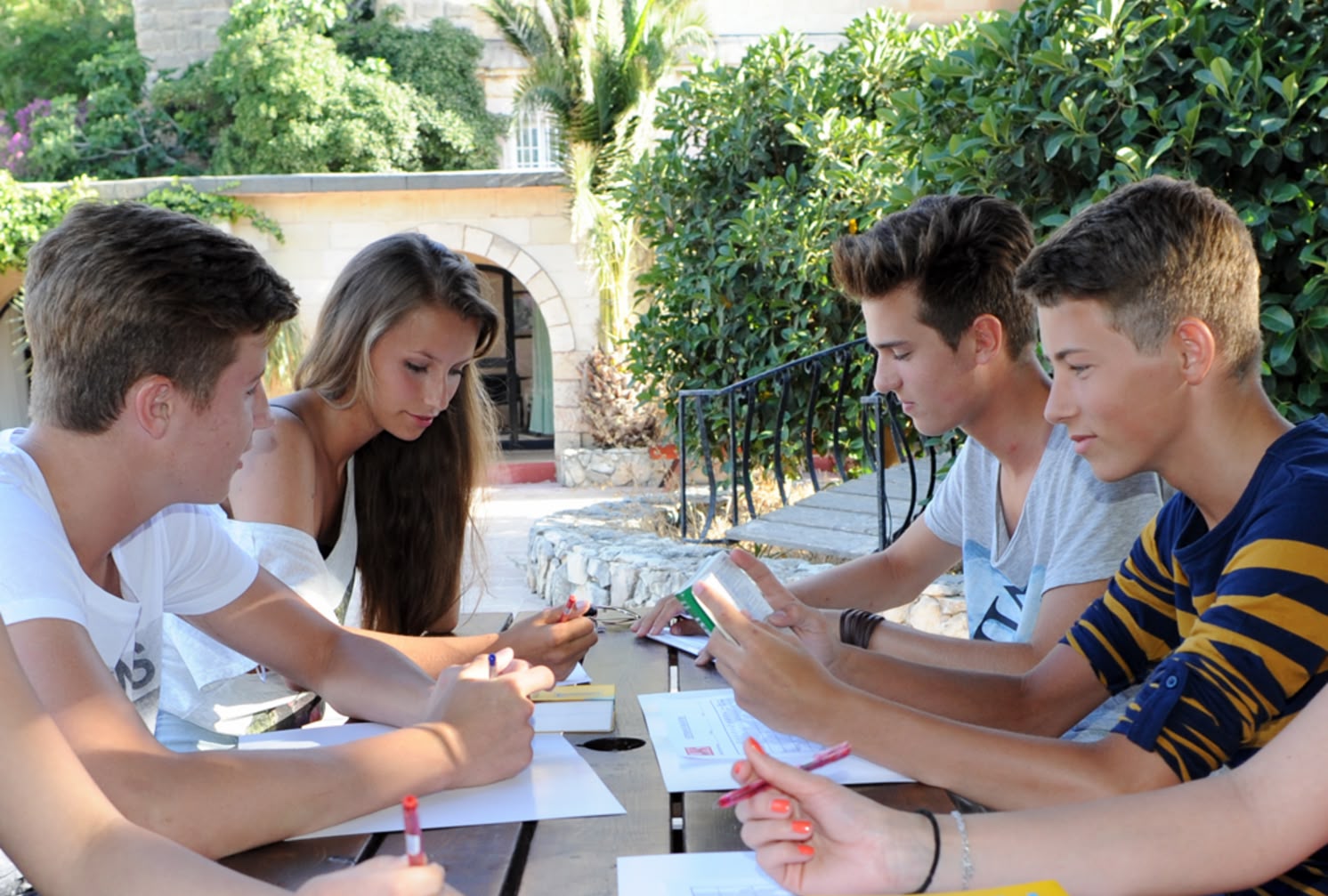
Definitely one of the most beautiful English language schools in Malta.
About the English school »The Past Perfect Progressive tense, also known as the Past Perfect Continuous tense, is one of the more difficult past tenses, but it still needs to be learned. Only the Past Perfect Progressive tense allows you to fully describe and comprehend intricate past events.
Following the explanations, we'll provide some example sentences to help you better understand how to form the Past Perfect Continuous tense, when to use the Past Perfect Progressive tense, and when to use the Past Perfect Continuous tense.
You must first have a fundamental understanding of the Past Perfect tense in order to form the Past Perfect Progressive tense. This is necessary because you must form the Have in the auxiliary verb past tense. The progressive form (to be + -ing) and the past participle are the next steps after you have a firm grasp of this. The following succinctly expresses how the Past Perfect Progressive is formed:
Formula for the Past Perfect Progressive tense: Had + been + verb in the infitive ending in -ing.
To better understand how to create the Past Perfect Progressive tense, look at the following verbs in the tense and read the example sentences that go with them.
| Past Perfect Progressive | Example sentences |
|---|---|
| had been working | I had been working for 5 hours before I took a break. |
| had been studying | She had been studying all day before she finally understood the material. |
| had been playing | They had been playing tennis for an hour before it started raining. |
| had been cooking | We had been cooking dinner for 30 minutes before the guests arrived. |
| had been driving | He had been driving for several hours before he finally arrived at his destination. |
Fortunately, all verbs in the Past Perfect Progressive tense can be expressed using the above- mentioned formula. There are no irregularities in the Past Perfect Progressive tense other than the irregular auxiliary verb had. In order to create sentences in the Past Perfect Progressive tense, you can unwind and memorize the formula.
You can create even more intricate past tense English sentence structures by using the Past Perfect Progressive tense. It is primarily used to describe past events that happened over a specific time period and were finished at a specific point in history. Longer past states or actions are frequently described using the Past Perfect Progressive tense.
It is also important to contrast the two past tenses, past perfect progressive and past perfect, for a clearer understanding. The Past Perfect Progressive tense is used to focus on the duration of an action performed and completed in the past, as opposed to the Past Perfect, which emphasizes the completion of an action in the past.
To learn how to use the Past Perfect Progressive tense, look at the five examples given below. This will make it easier for you to comprehend the Past Perfect Progressive tense's evidently more difficult sentences. You can recognize that longer states or actions have ended and the past with the help of these examples of sentences in the Past Perfect Progressive tense.
| English |
| The sun had been shining all day before the rain started in the evening. |
| I had been waiting for the train for hours until it finally came. |
| They had been working on that project for month when they finally finished it. |
| Marie had been studying english for hours when she finally understood the past perfect progressive. |
| They had been driving for many hours when they finally reached their destination. |
| They had been living in New York for five years before they moved to London. |
| She had been working at the company for ten years when she was offered a promotion. |
| We had been playing tennis for two hours when it started to rain. |
| He had been traveling around Europe for six months before he ran out of money. |

Definitely one of the most beautiful English language schools in Malta.
About the English school »
English courses for adults (Business English also available).
About English courses »
Supervised English programme for kids between the ages of 14 and 21.
English classes for kids »